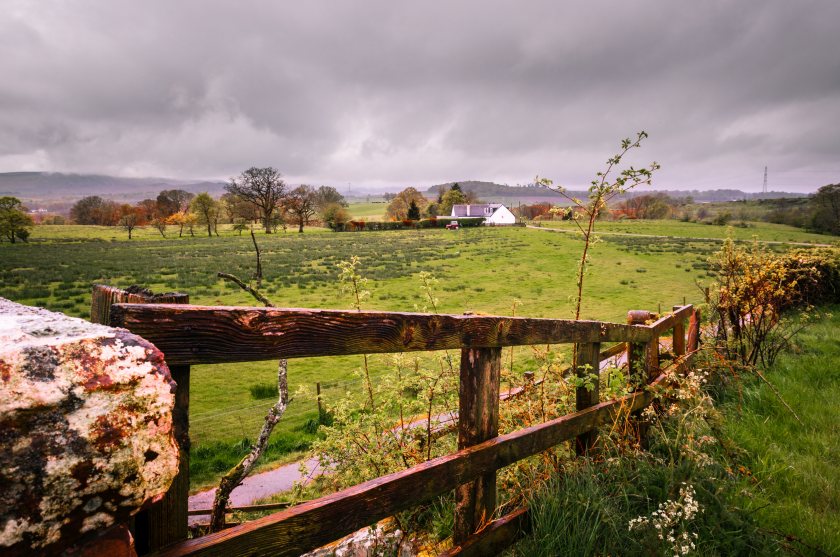
Farmers risk a retirement shortfall as two-thirds of their wealth is locked in their land—and tax changes could make it far harder to pass farms down.
New research from Rathbone has revealed that most farmers have their total wealth tied up in land, equipment and livestock.
For nearly a third of those surveyed (30%), this figure rises to over three-quarters, according to the wealth management firm.
Its new study highlights a looming financial challenge for many in the sector, with the vast majority (96%) of farmers viewing their farms as their future pension.
Just over half (52%) expect their farm to cover up to half of their living costs in retirement.
A further 32% anticipate it will provide between 50% and 75% of their retirement income, while 16% expect to rely on it for more than three-quarters of their post-retirement expenses.
Currently, most farmers benefit from generous inheritance tax (IHT) exemptions through agricultural property relief (APR) and business property relief (BPR).
These allow allow them to pass on farms and business assets tax-free, however, it set to change in April 2026 following the government's October budget.
Under the proposed rules, single farm owners will only be able to pass on up to £1.5m of farmland and assets tax-free, while those with joint ownership will have a £3m threshold. Any value above these limits will be subject to inheritance tax.
This change poses a serious concern for farming families. According to Rathbones, 92% of farmers expect their children or grandchildren to take over the farm when they retire.
Almost all (93%) believe the next generation is capable of running the business. But with profit margins already tight—and around 30% of farms currently operating at a loss—the introduction of higher IHT bills could further strain farms.
Adam Brewer, investment director at Rathbones Group, warned that the changes could accelerate existing pressures in the sector.
"Even prior to the IHT change, many families have been forced to utilise their land differently by moving into higher margin sectors like caravan parks to subsidise their traditional farming operations.
"The latest tax change is likely to accelerate this struggle, threatening the continuing viability of smaller farms in the area," he said.
Rathbones has outlined several key changes to APR and BPR that could significantly affect farmers from April 2026.
First, the rate of relief is being adjusted. The full 100% relief will still apply to the first £1 million of qualifying property.
However, any value above that threshold will only qualify for 50% relief. This change could result in substantial inheritance tax (IHT) liabilities for larger estates, which currently enjoy full relief.
Second, changes to trust allowances will come into effect. Both individuals and trusts will each be entitled to a separate £1m allowance for qualifying assets.
However, only trusts created before 30 October 2024 will retain their own allowances. Trusts established after that date will have to share a single £1m allowance.
Third, the rules governing lifetime transfers are set to change. For any gifts made after 30 October 2024, the new tax rules will apply if the donor dies after 6 April 2026.
Nonetheless, families may still be able to avoid IHT on these transfers if the donor survives for seven years, making it a potential strategy to pass on assets tax-free.
Finally, the government will introduce more flexible payment options. Estates will be allowed to spread their IHT liabilities over 10 equal annual instalments, interest-free.
